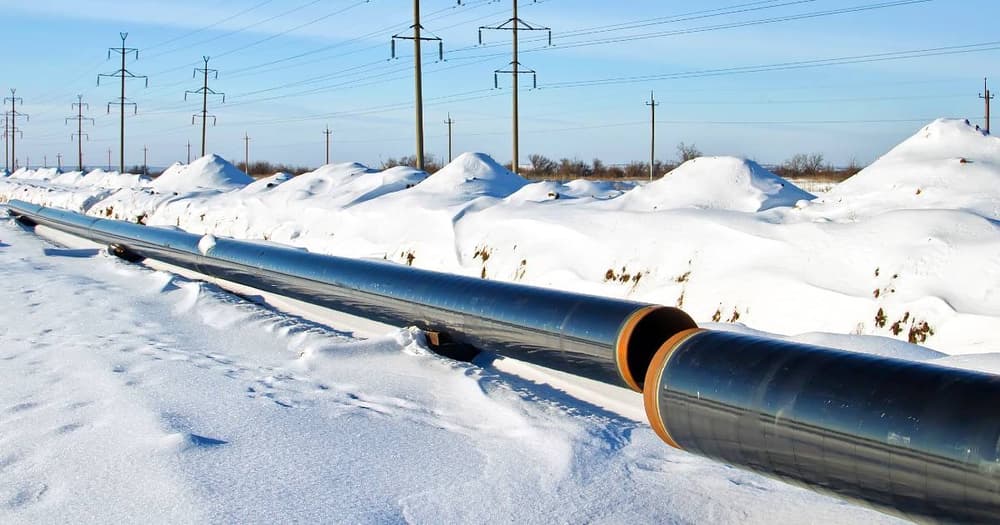Discussions of a potential oil pipeline to Churchill are taking place in Saskatchewan after the creation of a new pipeline committee.
Saskatchewan Premier Scott Moe has created a new committee of cabinet ministers to access how the government can get more pipelines built in the province. The idea came from communities, businesses, and Indigenous leaders who have expressed interest in expanding access into the United States or create access through the Port of Churchill in Manitoba.
According to Moe, encouraging pipeline expansion and supporting Indigenous governments are two goals in the government’s plan to grow Saskatchewan’s population and economy along with the creation of new jobs.
On the drilling side, Saskatchwan's rig fleet started 2020 strong with 57 rigs making hole by the afternoon of January 6th.
According to Manitoba Minister of Agriculture and Resource Development, “there are no new pipeline proposals currently at a stage that would require dialogue between our government and Saskatchewan”, adding that the government is “always interested in exploring opportunities for economic development in northern Manitoba, though any proposal of this nature would have to go through the proper environmental approval processes.”
Eric Reder, Manitoba director of the Wilderness Committee, has opposed the idea, stating that boggy terrain in the region means there is a greater risk of a rupture or a spill.
The Assembly of Manitoba Chiefs would like to be involved in any future discussions, hoping that there would be a meaningful engagement with First Nations groups and Manitoba.
Grand Chief Arlen Dumas released a statement following Saskatchewan’s announcement.
“The AMC calls on Saskatchewan Premier Scott and Manitoba Premier Brian Pallister to ensure that First Nations in Manitoba are involved in the discussions for the development of an oil pipeline to Churchill. First Nations in Manitoba must be involved, consulted and engaged in the process in a manner that respects their rights and interests. This includes considerations of First Nations’ interests in other infrastructure including the railway, and, if developed, their involvement that leads to positive economic benefits and prosperity.”

